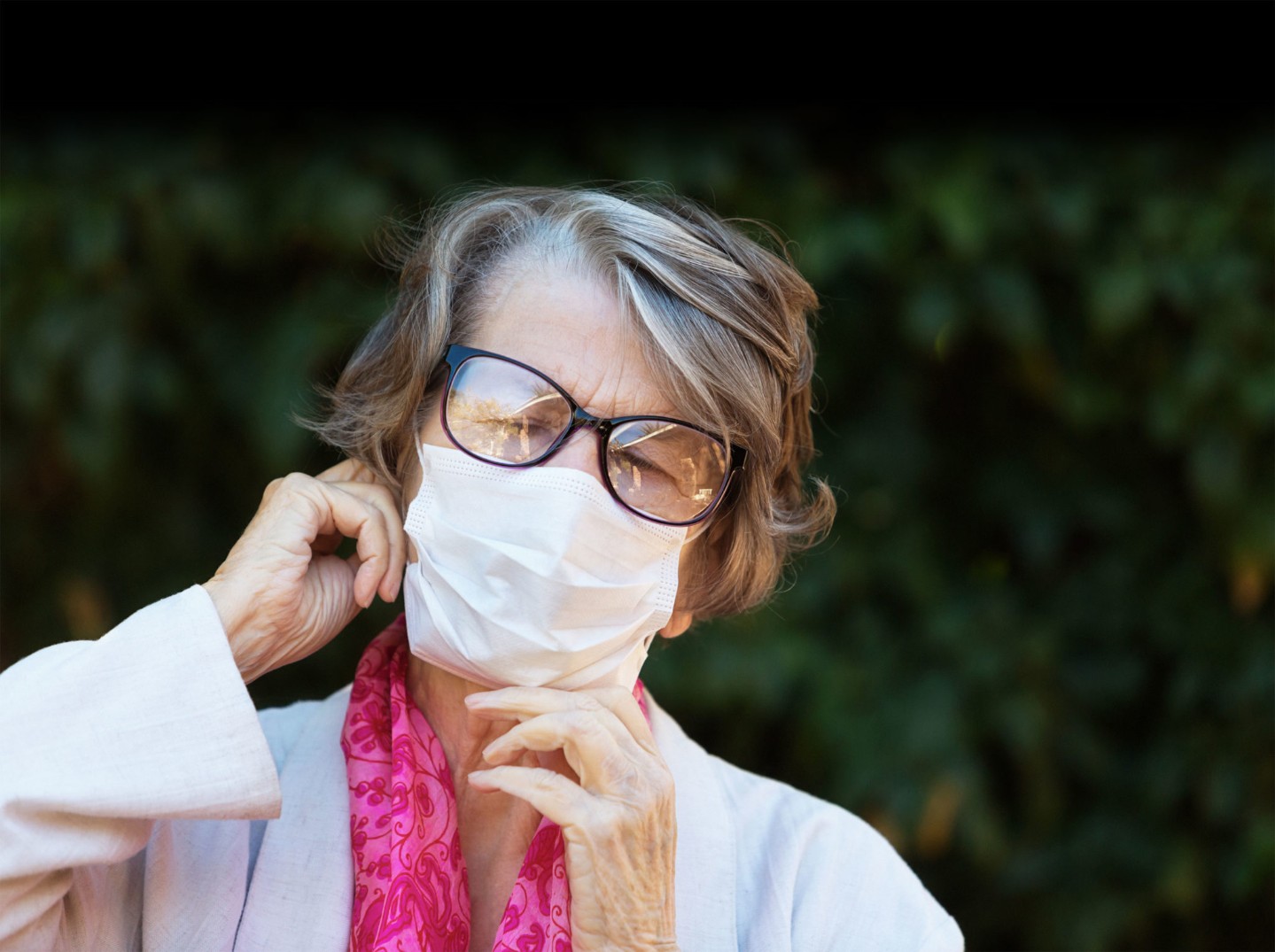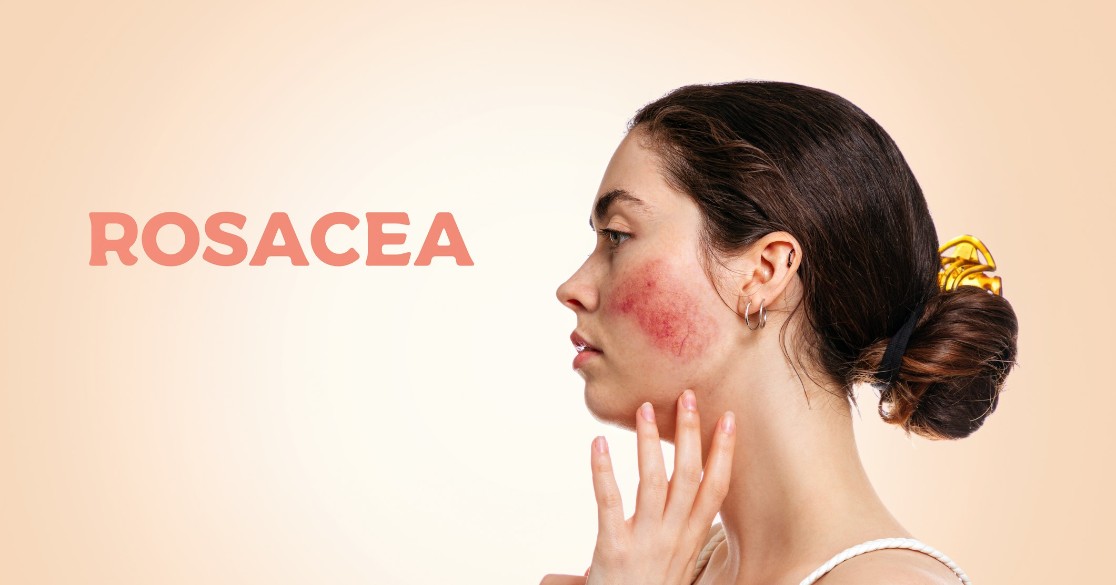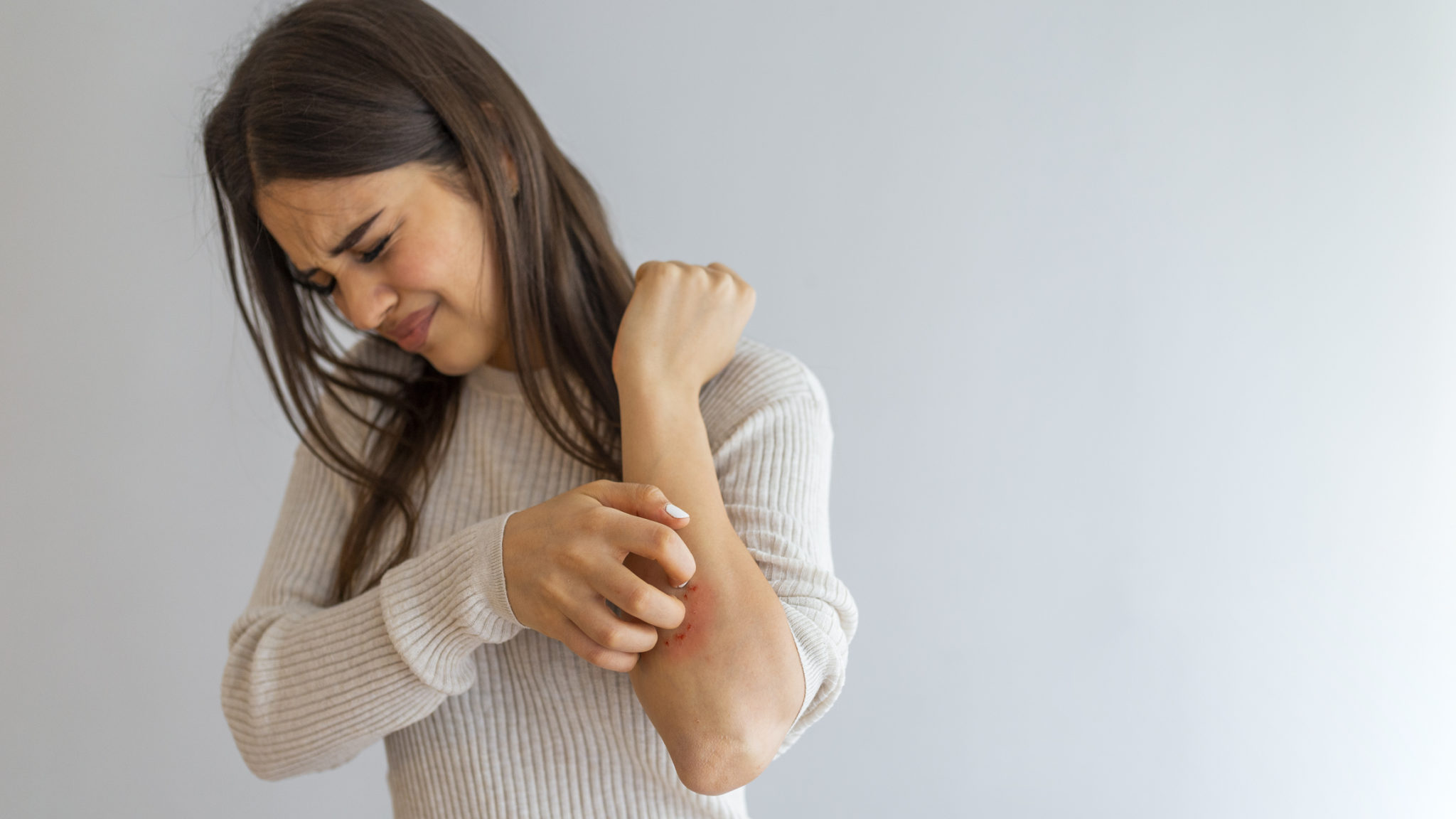The pandemic has brought a new accessory to our lives: facemasks. When wearing a facemask for the first time, or for extended periods of time, four problems can come into play: "mask-ne" acne, perioral dermatitis, friction irritations and – for those with glasses – fogging.
"Mask-ne"
You might be getting some acne-type eruptions. That's not unusual with any barrier on the skin because you're blocking pores where you have oil glands. We see this in baseball and football players from helmets. Anytime you have material blocking the pore, you can get an acne-type reaction.
Solution: If you have a little touch of acne from the mask, try applying topical acne treatments after showering or when you get home. Not wearing makeup under your mask can also help.
Dermatitis From Certain Facemask Materials
If you have a scaly or red bumpy rash around the mouth, sometimes with clear fluid discharge, that's irritant dermatitis. This type of rash can occur because some masks have synthetic, plastic-type materials that can be irritating to the skin.
Solution: If you experience this irritation, try over-the-counter cortisone or call your doctor for advice. This is less likely to occur with cloth facemasks, so try some different types to see what works best for you.
Friction and Irritation Caused by Facemasks
The type of material or friction from wearing a facemask can also cause skin irritation – including behind the ears where straps go. People who work in health care and those who wear masks all day long may have this challenge – the more you wear the mask, the more you're going to see it.
Solution: If you have to wear your mask for longer periods, experiment and find a mask that doesn't irritate your skin. Try one with ties rather than elastic if straps irritate your ears. You can also try attaching straps to a paperclip behind your head to relieve friction behind your ears.
Fogging of Glasses While Wearing a Facemask
If you wear glasses, you've probably encountered fogging, or your breath steaming up your glasses.
Solution: Some optical offices have sprays that make your glasses less likely to fog. Medical facemasks have aluminum strips you could push down against the bridge of your nose and that can help. It's all about the sealing of the mask.
Facemasks can be hassle and sometimes even irritating, but it's very important to wear this accessory when you're in public – and it does get easier with practice. If you experience any physical irritations, try these solutions or call your primary care doctor or dermatologist for help.





